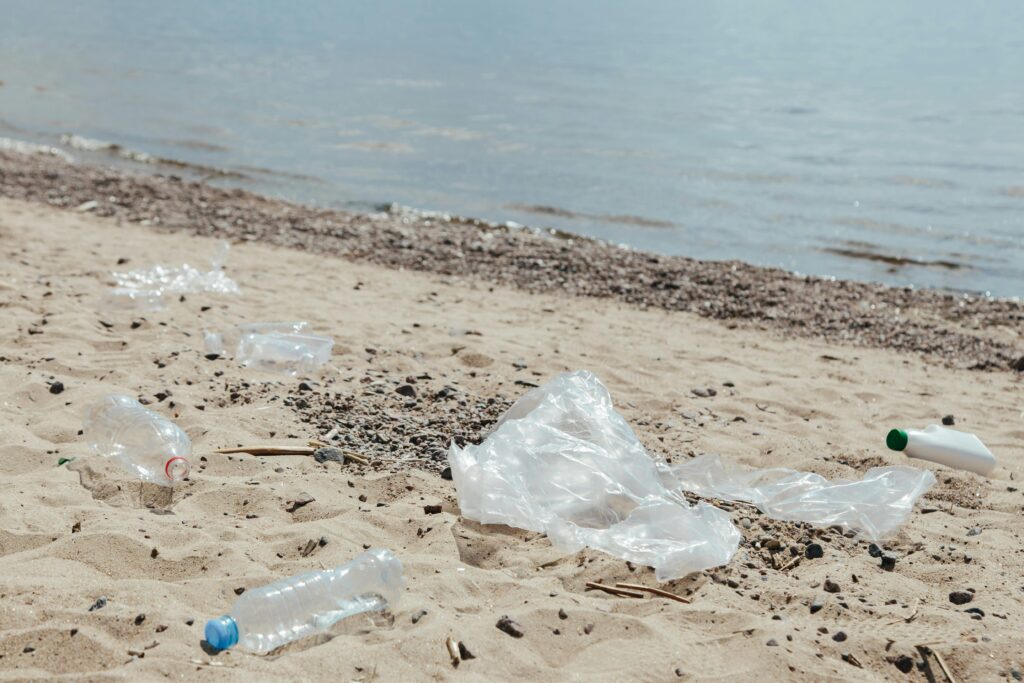Copy of Cuestionario Reading
Oceans of plastic

Scientists from the USA’s University of Georgia have released details of their recent study into how much plastic rubbish (1) _____. The new findings were released at the American Association for the Advancement of Science’s annual meeting. The amount of plastic reaching the oceans each year is staggering at around eight million tonnes. Dr Jenna Jambeck, who led the study, said that this is “equal to about five plastic bags full of plastic for every foot of coastline around the world.” Eight million tonnes of plastic per year is actually about the midrange estimate for the study, with a range of 4.8 milllion tonnes to 12.7 million tonnes estimated to (2) _____. The study has also estimated the total amount of plastic in the world’s oceans, which is somewhere between 20 and 2,000 times (3) _____.
China is the top plastic dumper, throwing around a million tonnes of plastic rubbish into the sea by itself. This is partly because of its huge population, but also because so many of its people live along its lengthy coastline. The European Union, taken as a whole rather than as individual countries, comes in at number 18.
Plastic once it has been made does not rot away. That means that all of the plastic that (4) _____ is still in existence on our planet’s surface. In the sea, it gradually breaks up into smaller and smaller pieces, but it doesn’t completely disappear. Ocean currents cause huge areas of plastic rubbish to form in specific places. For example, the Great Pacific Garbage Patch, which covers an area of ocean roughly twice the area of France, is a mass of floating plastic waste that (5) _____. In some places, it can be up to 10 metres deep! There are already beaches on Pacific islands that are covered in multicoloured sands. When you look closely at the blue, yellow and red grains of sand it becomes evident that they are not sand at all. Instead, they (6) _____ and washed ashore by the action of the seas.
If we don’t do something, the study predicts that by 2025, some 17.5 million tonnes of plastic may find its way into the oceans in that year alone! That would mean 155 million tonnes more plastic in the oceans between now and then. Some countries need to look at how they manage their waste in the coming years, so that (7) _____. In developed countries, we need to stop the wasteful practices like using disposable plastic shopping bags. Most supermarket carrier bags for example have a useful life of just 20 minutes before they (8) _____ and we use billions of them every year in the UK alone. You can find some great suggestions for how we can deal with this problem in a brilliant animation produced last year by the children of Ollaberry Primary School in Shetland. With their film, they became UK Champions in the Total Green School Awards 2014.
